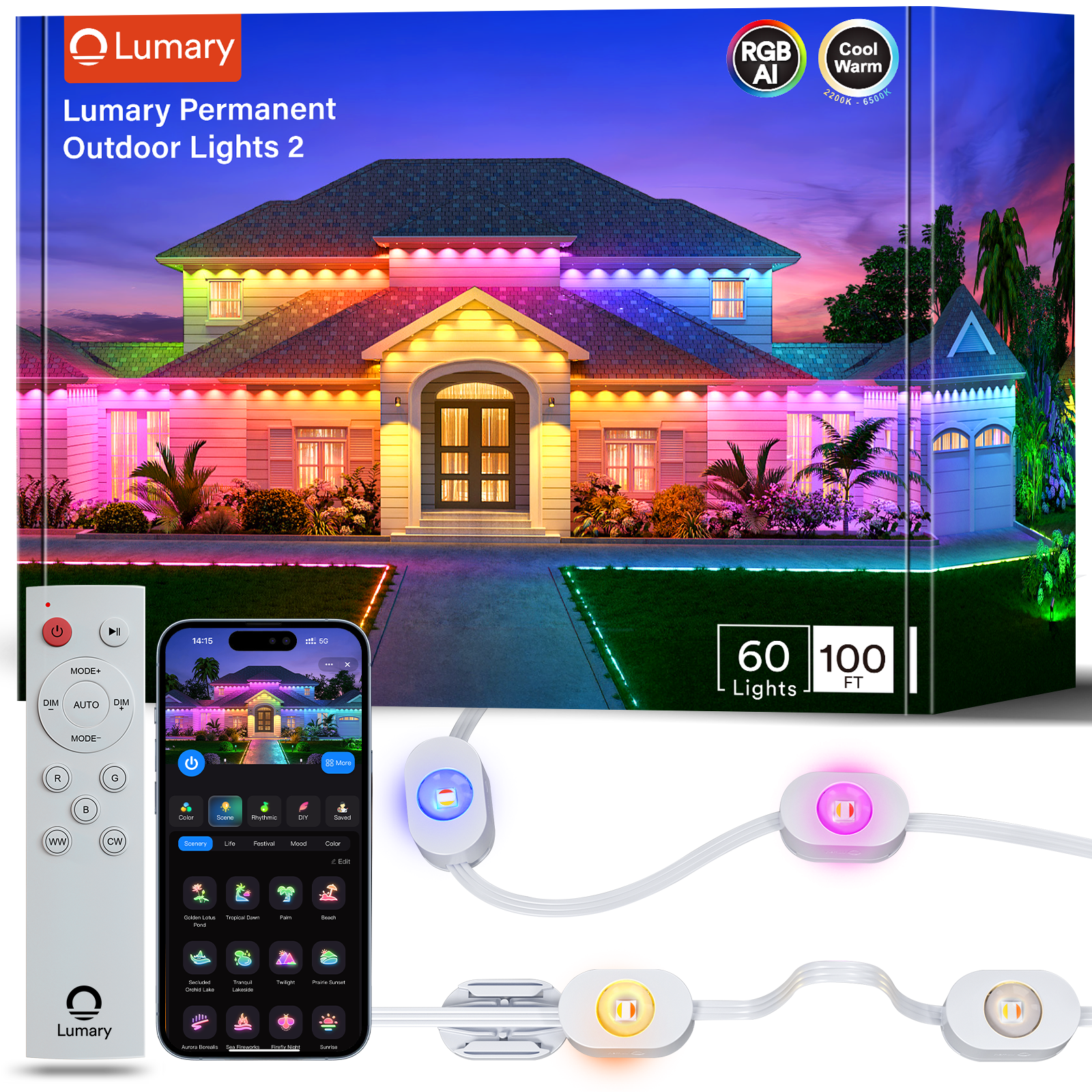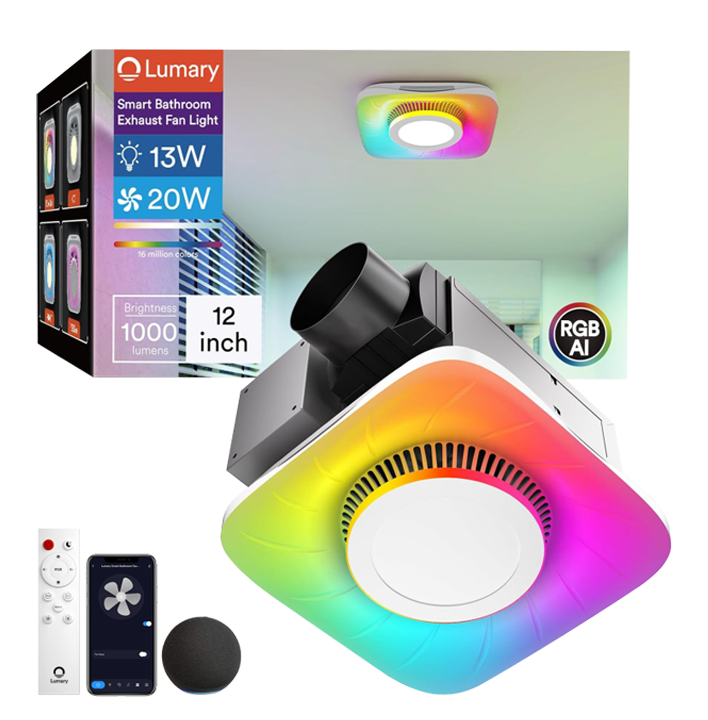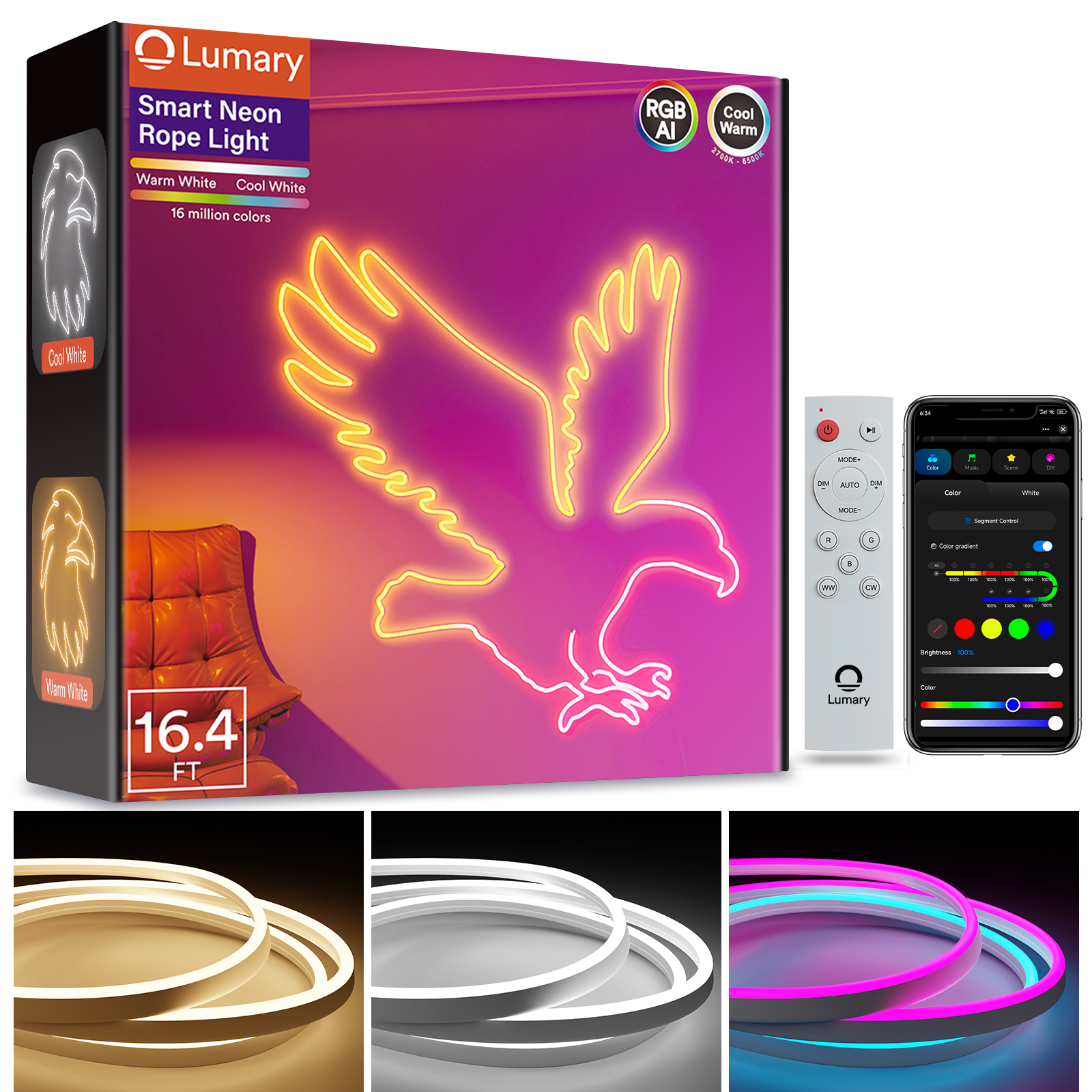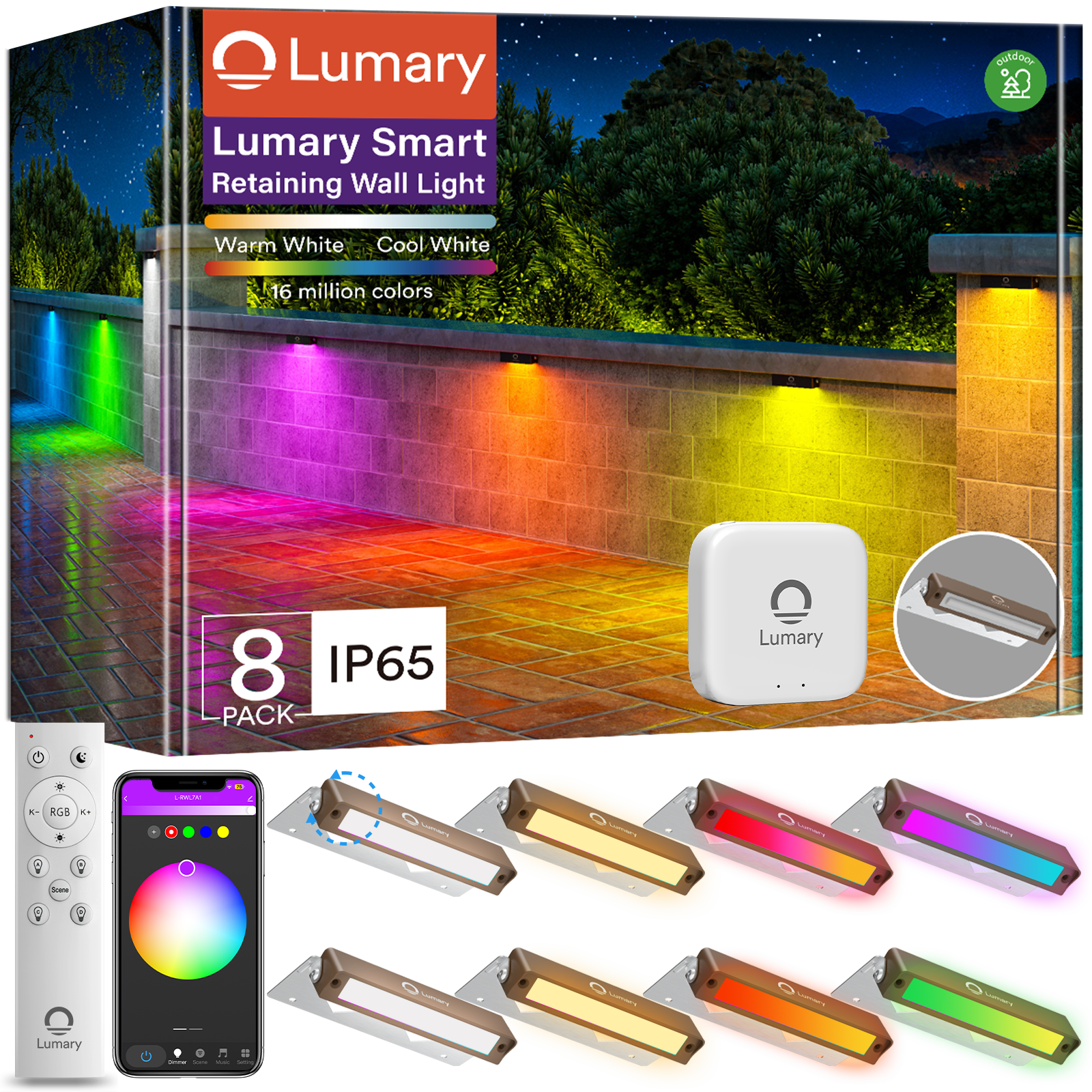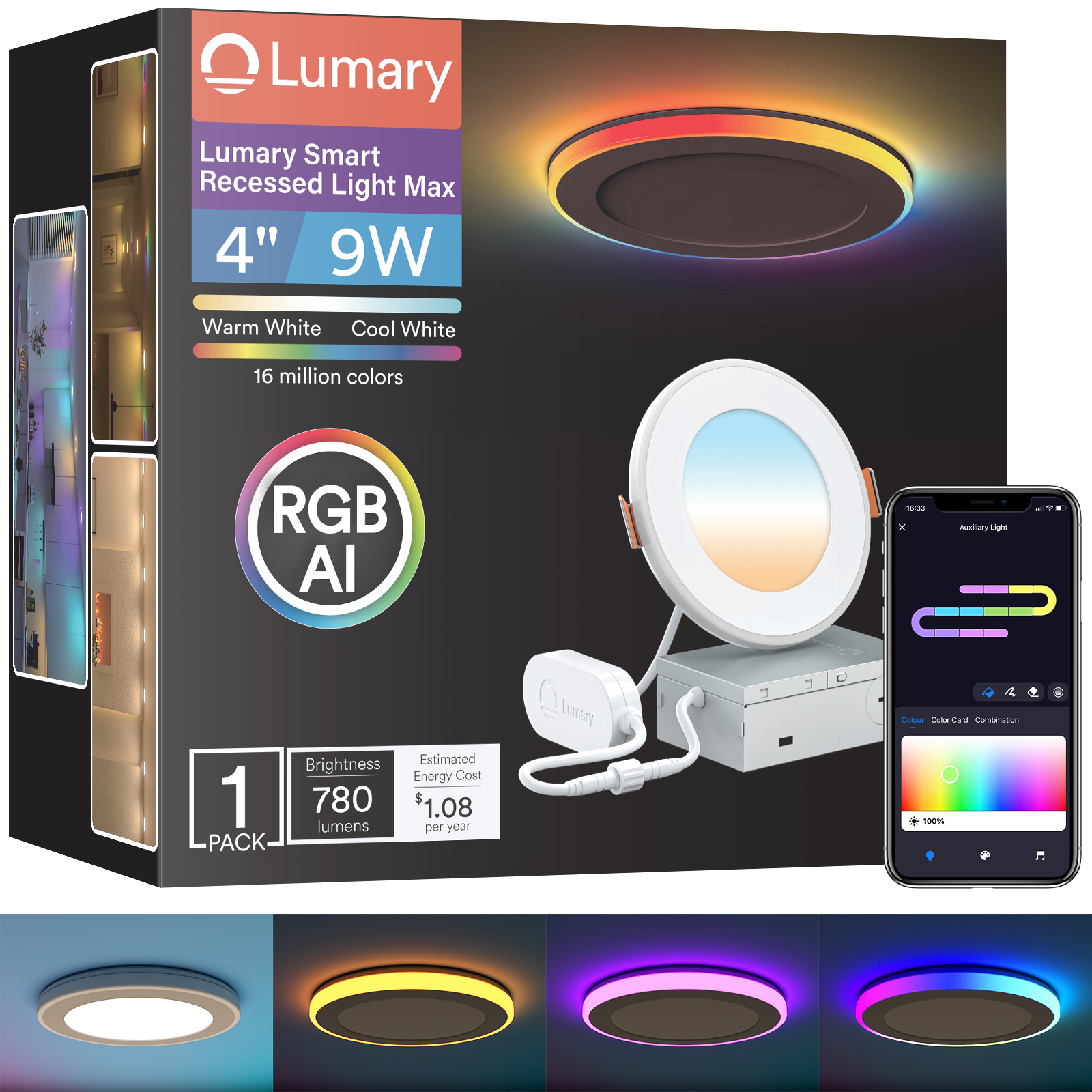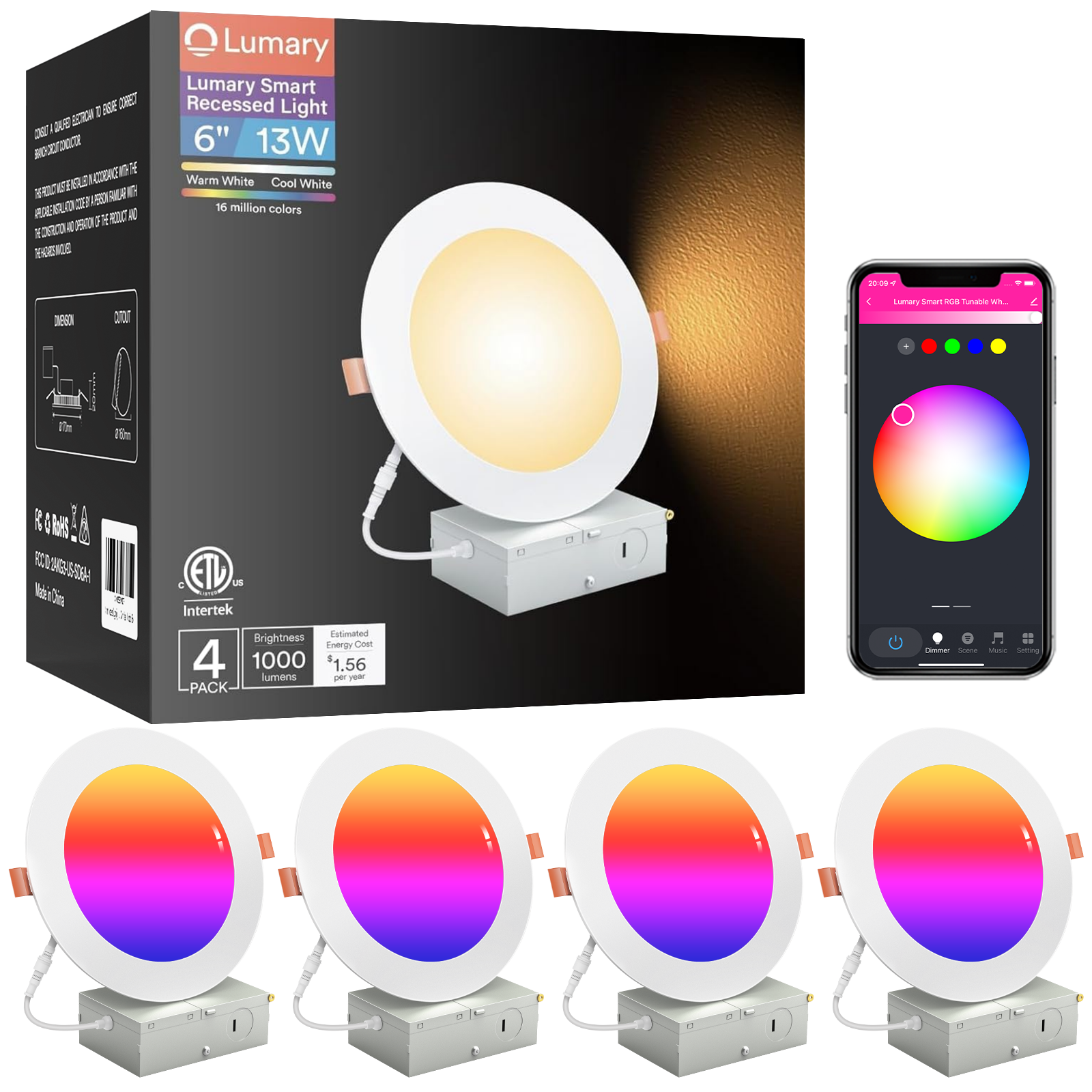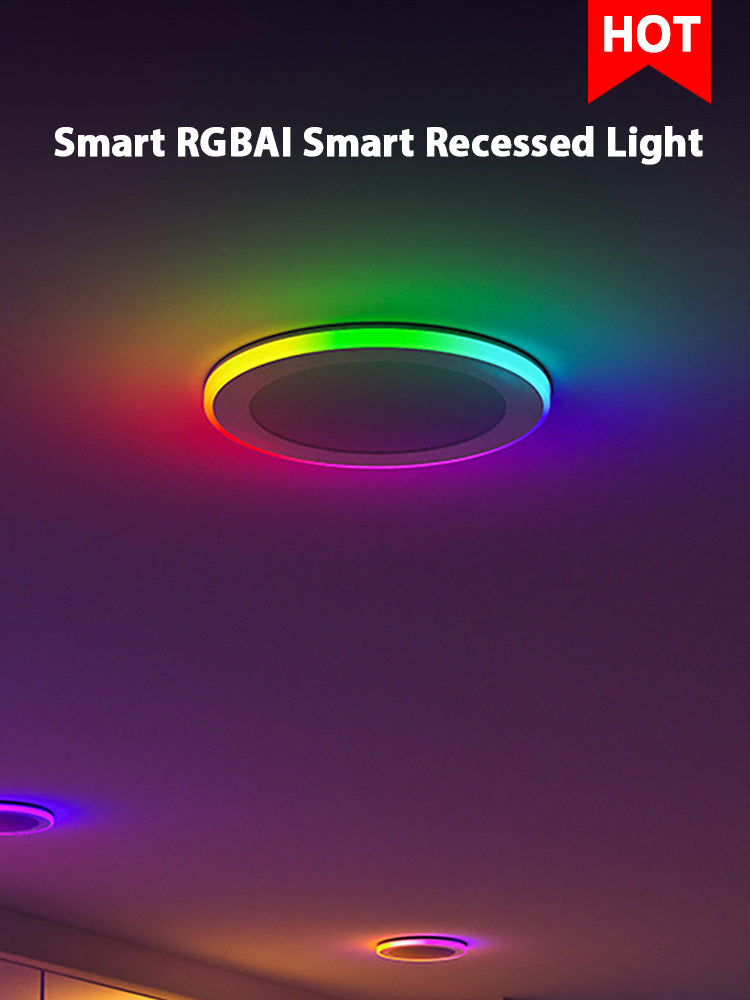Recessed lights make your home look different in 2025. They give a smooth, modern style and help save energy. Every time you add recessed lighting, you get these benefits. Slim, flat, and smart fixtures are now in more homes. More than 68 million homes in the U.S. use smart lighting. Wireless lighting controls are now very popular. You can get new design ideas by using recessed lighting in your rooms. Let these trends help you plan your next home design!

Key Takeaways
-
Recessed lights give rooms a neat, modern look. They sit flat in the ceiling and do not add clutter. These lights help save energy and money. They use LED bulbs and smart controls for easy changes. You can use recessed lights with other lights like pendants and spotlights. This adds style and makes rooms look deeper. Ultra-slim and flush-mounted lights are easy to put in. They work well in small or low-ceiling rooms. Using different lights like ambient, task, and accent makes your home cozy and useful.
Impact on Home Design
Modern Aesthetics
You want your home to look new and cool. Recessed lights help you get that modern feel. These lights fit into your ceiling, so the room looks neat. Many designers like how recessed lighting keeps things simple. You can show off your favorite art or features without big lamps in the way. This style matches new trends, where simple and clean looks are important.
-
Recessed lighting spreads light evenly in your rooms.
-
You can pick from many shapes, sizes, and color temperatures to fit your mood or the season.
-
Adjustable trims let you aim the light where you want, giving your space a special look.
Modern homes often use more than one kind of lighting. You can mix ambient, task, and accent lighting for depth and options. This way, you can set the mood for any time, like movie nights or bright mornings. The best thing is that recessed lights help with all these trends. They also save space and make your home feel larger.
Tip: Try using recessed lighting with other styles, like pendant lights or wall sconces, for more ideas and a fun look.
Functional Spaces
You want your home to be useful, not just nice. Recessed lighting makes every space work better. In rooms with many uses, you can change the brightness and color for what you need. These lights keep your ceilings clear, so rooms feel open and easy to walk in.
Recessed fixtures help you show off different areas in your home. Want to highlight a reading nook or kitchen island? Put your lights in the right spot, and people will notice those places. This helps with new home trends, where rooms do more than one job.
You also save energy and stay safe. Modern recessed lights use LED technology, so you pay less for power and have fewer problems. With smart controls, you can change the lights with your phone. That’s a great way to make your home both pretty and useful.

Recessed Lighting Benefits
Clean Lines
You want your home to look neat and open. Recessed lighting helps you get that clean, modern style. These fixtures sit flush with the ceiling, so you do not see any bulky fixture hanging down. This makes your interiors feel bigger and less crowded, especially in small rooms. When you use recessed ceiling lights, you remove visual clutter and let your space breathe.
-
Recessed lights blend into the ceiling, giving your rooms a smooth look.
-
Even light spreads across the room, so you do not get harsh shadows.
-
You can place these fixtures near walls or point them up to make the room feel taller.
Tip: If you want your space to feel larger, use recessed lighting to keep the ceiling line clear and simple.
Versatility
Recessed lighting gives you many options for your home. You can use these fixtures for general illumination, task lighting, or even to highlight artwork. In the kitchen, you might want bright light over the counters. In the living room, you can set a softer mood. Recessed fixtures work well in almost any room, from bathrooms to hallways.
You can mix recessed lights with other fixtures, like pendants or wall sconces, to create layers of light. This helps you control the mood and function of each space. Dimmable bulbs and different trims let you change the look and feel whenever you want.
|
Room Type |
Lighting Use |
Fixture Placement |
|---|---|---|
|
Kitchen |
Task Illumination |
Above counters, island |
|
Living Room |
Ambient/Accent |
Around seating, artwork |
|
Bathroom |
General/Task |
Over vanity, shower |
Smart Integration
Smart home lighting systems are changing how you use recessed lighting. Now, you can control your fixtures with your phone or voice. Want to dim the lights for movie night? Just ask your smart assistant. You can also set schedules, change colors, or adjust the brightness to match your mood.
New recessed fixtures come with features like tunable white LEDs, which support your natural sleep cycle. Some even let you pick from millions of colors. These smart features help you save energy and make your home more comfortable. You get more control and flexibility with your lighting than ever before.
Note: Smart recessed lights work well with other smart devices, making your home both stylish and easy to manage.
2025 Trends
The 2025 trends in home lighting are changing how you think about your space. You see new shapes, smarter controls, and a focus on well-being. Let’s look at the hottest lighting trends and how they can make your home feel fresh and modern.
Ultra-Slim Profiles
You want your ceiling to look smooth and open. Ultra-slim LED profiles are one of the top trending lighting fixtures for 2025. These fixtures have a super-thin design, so you barely notice them. They fit almost anywhere, even in tight spaces where old lights would not work. You get more freedom to place your lights exactly where you want.
Here’s a quick look at how ultra-slim LED profiles compare to standard recessed lighting:
|
Feature |
Ultra-Slim LED Profiles |
Standard Recessed Lights |
|---|---|---|
|
Power Consumption |
9 watts |
Higher (usually more than 9W) |
|
Luminous Output |
850 lumens |
Similar or less |
|
Annual Energy Consumption |
32.85 kWh |
Higher |
|
Annual Operating Cost |
$5.88 per fixture |
Higher |
|
Profile Thickness |
0.35 inches |
Needs deep housing |
|
Installation Requirements |
No housing cans needed |
More ceiling work |
|
Labor Cost Savings |
40-50% less |
Higher costs |
|
Lifespan |
Up to 50,000 hours |
Shorter |
|
Dimmability & Smart Control |
Yes |
Often limited |
You save money and energy with these trending ceiling lights. You also get a fixture that lasts longer and works with smart controls. Ultra-slim LED panels with motion sensors are popping up in many homes. They turn on when you walk in and off when you leave, making your lighting even more efficient.
Tip: Ultra-slim LED profiles are perfect if you want a clean look and easy installation. You can use them in any room, even where space is tight.
Flush Installations
Flush installations are another big part of the 2025 trends. You want your fixtures to blend in, not stick out. Flush-mounted recessed lighting sits level with your ceiling, so you get a seamless look. This style is one of the hottest lighting trends for modern homes.
To get a perfect flush fit, you need to follow a few steps:
-
Cut ceiling holes to the right size.
-
Secure the housing so it sits even with the ceiling.
-
Check for pipes or wires before you start.
-
Space your fixtures about 4 to 6 feet apart.
-
Use the right tools, like a drill, level, and wire cutters.
You can do this job yourself or ask for help. Flush installations work well with trending lighting fixtures like energy-efficient OLED systems. These systems give you soft, even light without any glare.
Note: Always check your ceiling type and local codes before you start. Safety comes first!
Energy Efficiency
Saving energy is a huge part of the 2025 trends. You want your home to be efficient and eco-friendly. Modern LED fixtures use up to 80% less energy than old incandescent bulbs. That means lower bills and less impact on the planet.
You can find energy-efficient OLED systems and LED panels with motion sensors in many trending ceiling lights. These fixtures use less power but still give you bright, clear light. You also get smart controls, so you only use light when you need it.
-
LED lighting helps you save money every year.
-
You get a longer lifespan, so you replace bulbs less often.
-
Smart features let you control your lights from your phone or with your voice.
Callout: Switching to energy-efficient lighting is one of the easiest ways to make your home greener and save money.
Biophilic Design
Biophilic design is all about bringing nature indoors. In 2025, you see this trend in how recessed lighting works with your body’s natural rhythms. Advanced LED technology lets you change the color and warmth of your lights. You can match the light to the time of day, which helps you feel better and sleep well.
Recessed lighting with smart controls can copy the feel of sunlight. You can set your lights to get brighter in the morning and softer at night. This supports your health and makes your home feel more natural. Some fixtures even help indoor plants grow by giving them the right kind of light.
You get a space that feels alive and comfortable. Biophilic design is one of the most exciting trends for anyone who wants a healthy, happy home.
Artistic Minimalism
Artistic minimalism is a key part of the 2025 trends. You want your home to look open and calm. Recessed lighting fits this style because the fixtures are small and flush with the ceiling. You don’t see any bulky hardware, so your rooms feel bigger and less cluttered.
Minimalist design uses simple shapes and clean lines. You can pick from different trim styles and finishes to match your space. Even though these fixtures are simple, they still give you warm, inviting light. This makes your home feel cozy without looking busy.
Tip: Use recessed lighting with other trending lighting fixtures, like pendants or spotlights, to add layers and keep your space interesting.
Don’t Overdo It: The Importance of Layering
You might feel tempted to fill every ceiling with recessed lighting, but less is often more. The best 2025 trends focus on layering. Use a mix of ambient, task, and accent lights. This gives your home depth and personality.
Here are the top five lighting trends for 2025:
-
Light layering for dynamic, personal spaces.
-
Versatile fixtures for flexible, multi-use rooms.
-
Sustainable, future-proof illumination with LED and OLED.
-
Smart lighting systems with AI and voice control.
-
Minimalist, nearly invisible designs that highlight your home’s best features.
You get the most out of your lighting when you combine different types. Try pairing recessed lighting with trending ceiling lights or energy-efficient OLED systems. This way, you create a space that feels both modern and welcoming.

Lighting Trends 2025
Layered Lighting
You want your home to feel comfortable and look amazing. Layered lighting helps you do both. This approach uses different types of fixtures to create a balanced space. You start with ambient lighting from recessed fixtures. Then, you add task lights for things like reading or cooking. Accent lights highlight your favorite art or cool features in the room.
-
Ambient lighting gives you a soft, even glow.
-
Task lighting helps you see better when you work or study.
-
Accent lighting draws attention to special spots or decorations.
-
Mixing these layers makes your home feel lively and flexible.
-
Dimmers let you control the mood lighting for any occasion.
When you use layered lighting, you avoid making any one type too strong. Your rooms feel more inviting and work better for daily life. This is one of the top lighting trends 2025 brings to home design.
Pairing with Pendants and Spotlights
You can make your space stand out by pairing recessed lights with pendants and spotlights. Recessed fixtures give you a smooth, even base of light. Pendants add style and can become the star of your kitchen or dining area. Spotlights help you focus on artwork or special places.
-
Keep the color temperature the same for all your lights. This keeps the mood lighting calm and unified.
-
Place pendants so they shine without blocking the view or crowding the ceiling.
-
Use spotlights to highlight cool features or set a cozy mood.
-
Choose simple trims for recessed fixtures so pendants and spotlights get noticed.
This mix of lighting trends 2025 helps you create zones in open spaces. You get both function and personality.
Integrated LED Strips
Integrated LED strips are a big part of the latest trends. You can hide these strips under cabinets, along shelves, or inside coves. They give you soft, indirect light that feels modern and clean. Many people use LED strips with recessed lighting to add hidden or accent effects.
LED strips often sit in special channels or behind diffusers. This setup spreads the light evenly and keeps the look smooth. You can use them for mood lighting or to show off cool shapes in your home. Smart controls let you change the color or brightness, so your space always fits your mood.
Tip: Try adding LED strips to furniture or behind mirrors for a fresh, trendy look.
Using Recessed Lights
Living Areas
You want your living room to feel cozy and look great. Recessed lighting helps you balance task and ambient illumination. Try these tips for the best results:
-
Don’t center all your recessed lights in the middle of the room. This can cause shadows where you need light most.
-
Use wider beam spreads for soft, even illumination. Narrow beams work well for highlighting art or bookshelves.
-
Place lights about 2-3 feet from the walls. This creates a gentle glow that makes your space look bigger.
-
Set up different lighting zones with separate switches or dimmers. You can change the mood for movie night or reading.
-
Avoid putting lights right above your TV or seating. This helps prevent glare and keeps your interiors comfortable.
-
For a standard 12x12 room, 6-8 recessed lights spaced evenly will give you good coverage.
Tip: Sketch your room layout before you start. Think about where you want to read, relax, or show off special features.
Kitchens and Dining
Recessed lighting works wonders in kitchens and dining spaces. It blends into any design style, from modern to rustic, and gives you the right illumination for every task. Place lights over counters, islands, and sinks to reduce shadows and make cooking safer. Dimmers let you switch from bright prep work to a softer dinner mood. You can also highlight cabinets or special features for extra style. Layering recessed lights with pendants or undercabinet strips adds depth and makes your interiors more inviting. This approach keeps your home functional and beautiful.
Bedrooms
You want your bedroom to feel restful. Use fewer recessed lights here than in other rooms. Warm white bulbs (2700K-3000K) help you relax and sleep better. Space your lights 4 to 6 feet apart in a grid, and keep them about 24 inches from the walls. Add dimmer switches so you can change the brightness for reading or winding down. Combine recessed lighting with bedside lamps for a cozy, layered effect. This design keeps your bedroom calm and comfortable.
Bathrooms
Bathrooms need safe and effective illumination. Always choose recessed fixtures rated for damp or wet locations. Make sure your lights follow local safety codes. Ask a licensed electrician for help if you’re not sure. Check that your electrical system can handle the new lights. When you pick dimmer switches, match them to your bulb type to avoid flickering. Good lighting in the bathroom helps you see clearly and keeps your interiors safe.
Avoiding Overuse
Too much recessed lighting can make your home feel flat and cold. You might lose the warmth and character you want in your interiors. Overusing these fixtures can also cause uneven illumination, leaving some spots too bright and others too dark. The best design uses a mix of lighting types. Add pendant lights, lamps, or sconces to create layers. This approach brings depth, personality, and a welcoming feel to your home. Use dimmers and separate switches for more control and energy savings.
Note: Layered lighting always looks better than relying on just one type. Your home will feel more dynamic and comfortable.
Installation and Flexibility
Retrofitting
You might want to add recessed lights to an older home. Retrofitting can sound tricky, but you can do it with the right steps. Start by checking your ceiling type and insulation. Make sure your wiring matches the new fixtures. Always turn off the power before you begin. Here are some tips to help you:
-
Clear the area and protect your furniture.
-
Mark where you want each light and check for pipes or wires.
-
Measure the spacing between fixtures and distance from walls.
-
Use tools like a laser level for accuracy.
-
Choose the right wattage and color temperature for each room.
-
Pick dimmable fixtures if you want adjustable lighting.
-
Get permits and follow local codes for safety.
Sometimes, retrofit kits do not fit older housings. Check compatibility before you buy. If you notice flickering, you may need a dimmer switch made for LEDs. When in doubt, ask a licensed electrician for help.
Tip: Careful planning and the right tools make retrofitting much easier and safer.
Customization
You can customize recessed lighting to fit any room or style. For vaulted ceilings, angle your lights and place them near the walls to show off cool details. Adjustable trims let you point light where you want it. In rectangular rooms, arrange lights in neat rows along the longer walls. Pick trim styles that match your needs—baffle trims cut glare, reflector trims boost brightness, and lens trims soften the light.
-
Use warm bulbs for cozy spaces and cool bulbs for work areas.
-
Try adjustable gimbal trims to highlight art or special features.
-
Add smart controls for easy changes and energy savings.
-
Layer ambient, task, and accent lighting for the best effect.
You get a space that feels unique and works just how you want.
Cost and Efficiency
Installing recessed lighting in 2025 usually costs between $100 and $300 per fixture. The price depends on your ceiling, wiring, and how many lights you want. Electricians charge about $85 to $105 per hour, and each light takes 2-3 hours to install. Permits and extra wiring can add to the cost.
Modern LED recessed lights last much longer than old bulbs. LEDs can shine for up to 25,000 hours, while old bulbs last only about 1,000 hours. You save money on electricity and do not need to replace bulbs as often. Smart features like dimming and scheduling help you use less energy and keep your bills low.
Note: Choosing LED recessed lighting means less maintenance, lower costs, and a greener home.
You see how recessed lights shape home design in 2025. These fixtures bring clean lines, energy savings, and smart features to your home. Recent trends show that you can mix recessed lighting with other fixtures for a layered look.
-
Recessed lights remove clutter and boost your room’s style.
-
You get better ambiance, more comfort, and easy control with smart systems.
-
Upgrading to modern designs gives you long-term savings and fresh inspiration.
Let these trends guide your next project. Try new lighting ideas and enjoy a home that feels modern and welcoming!
FAQ
What rooms work best for recessed lighting?
You can use recessed lights in almost any room. Living rooms, kitchens, bathrooms, and hallways all look great with them. Bedrooms also benefit from soft, adjustable lighting. Just avoid using too many in small spaces.
Can you install recessed lights in a low ceiling?
Yes, you can! Ultra-slim and low-profile fixtures fit well in low ceilings. These lights sit close to the surface, so your room feels open and bright.
How do you control smart recessed lights?
You control smart recessed lights with your phone, a remote, or your voice. Many systems let you set schedules, change colors, or dim the lights. It’s easy and fun to use.
Are recessed lights energy efficient?
Yes! Most modern recessed lights use LED technology. LEDs use less power and last much longer than old bulbs. You save money and help the environment.
Do you need an electrician to install recessed lighting?
You can install some retrofit kits yourself if you feel confident. For new wiring or tricky ceilings, you should call a licensed electrician. Safety always comes first.

